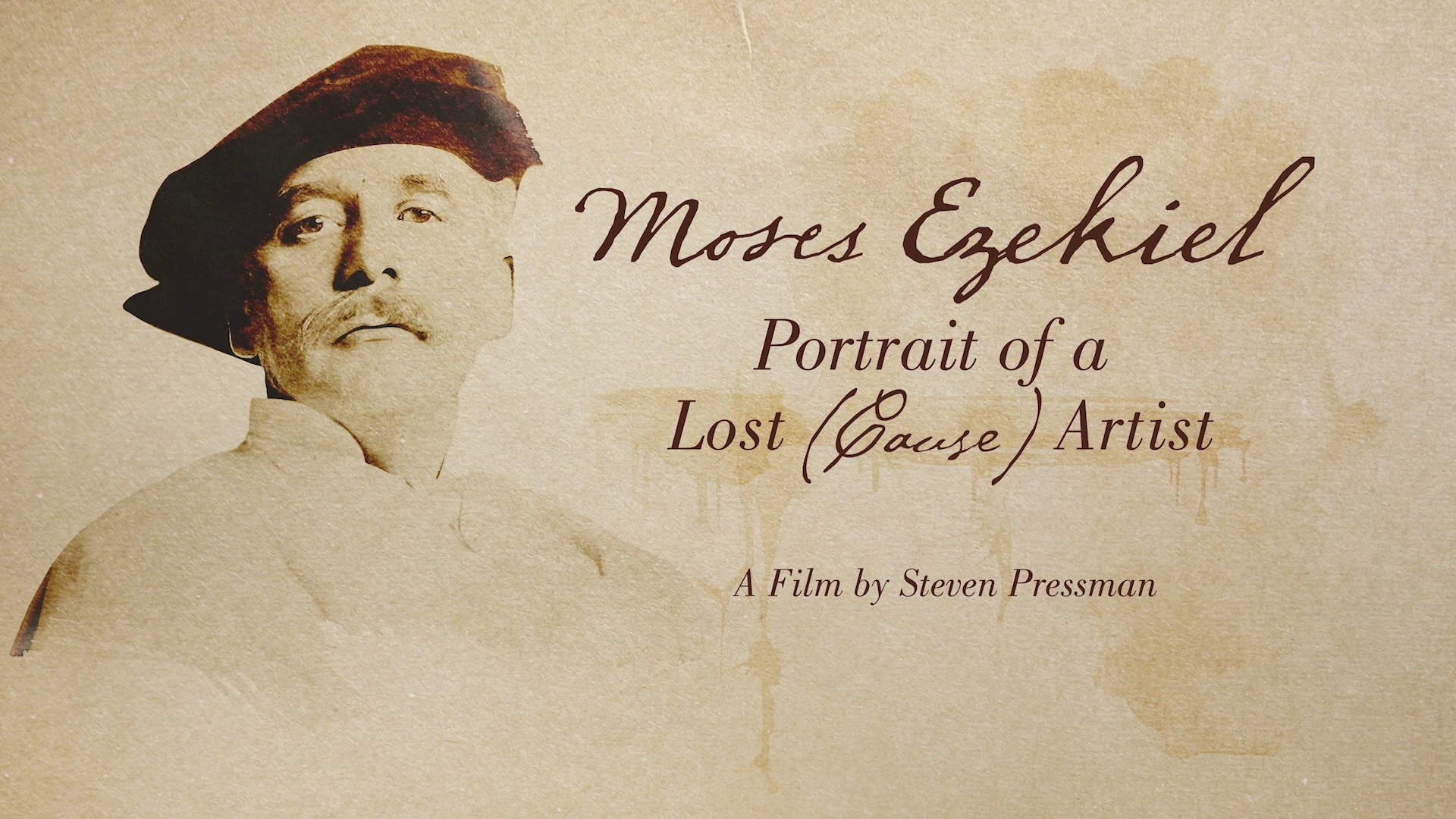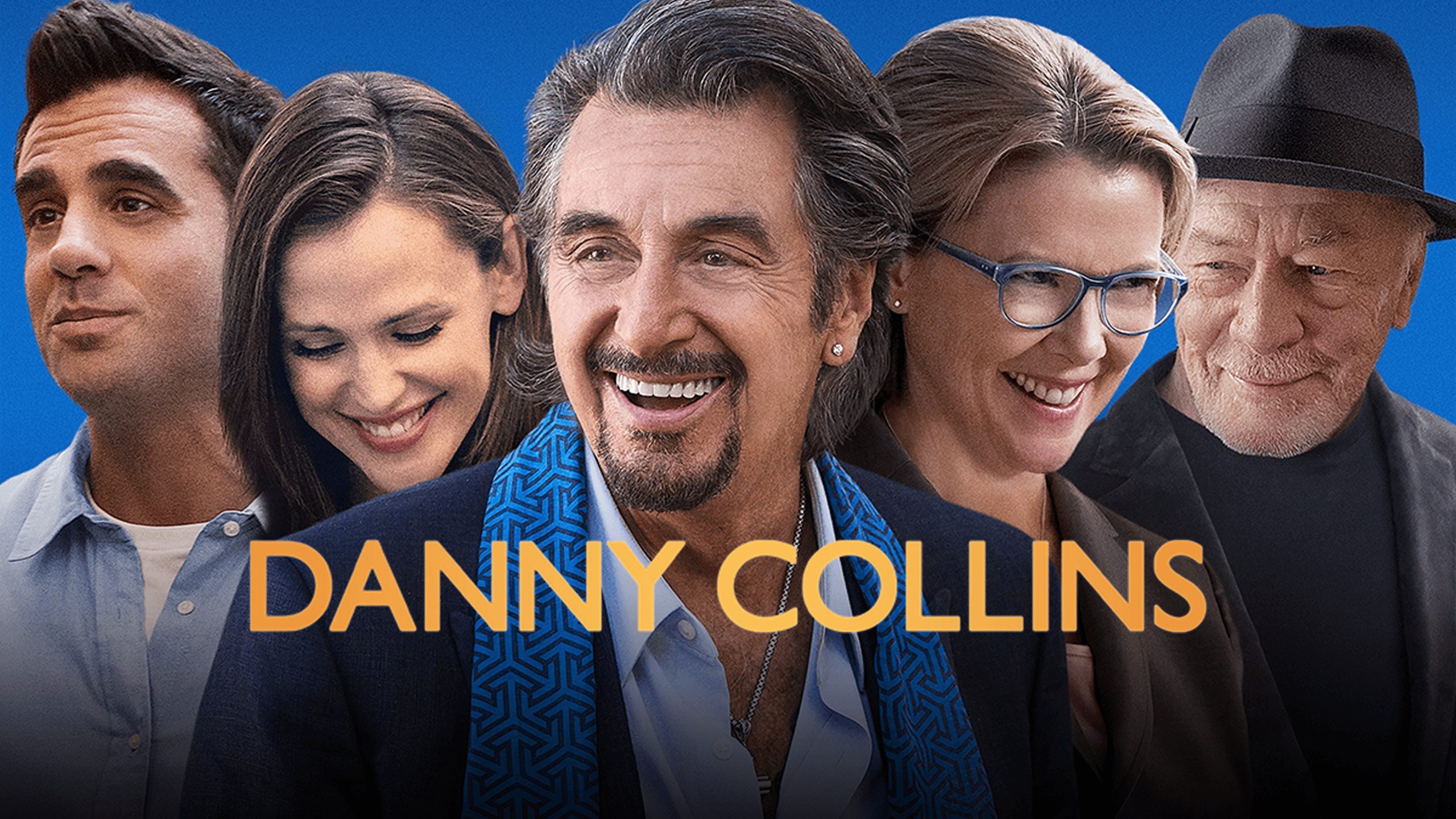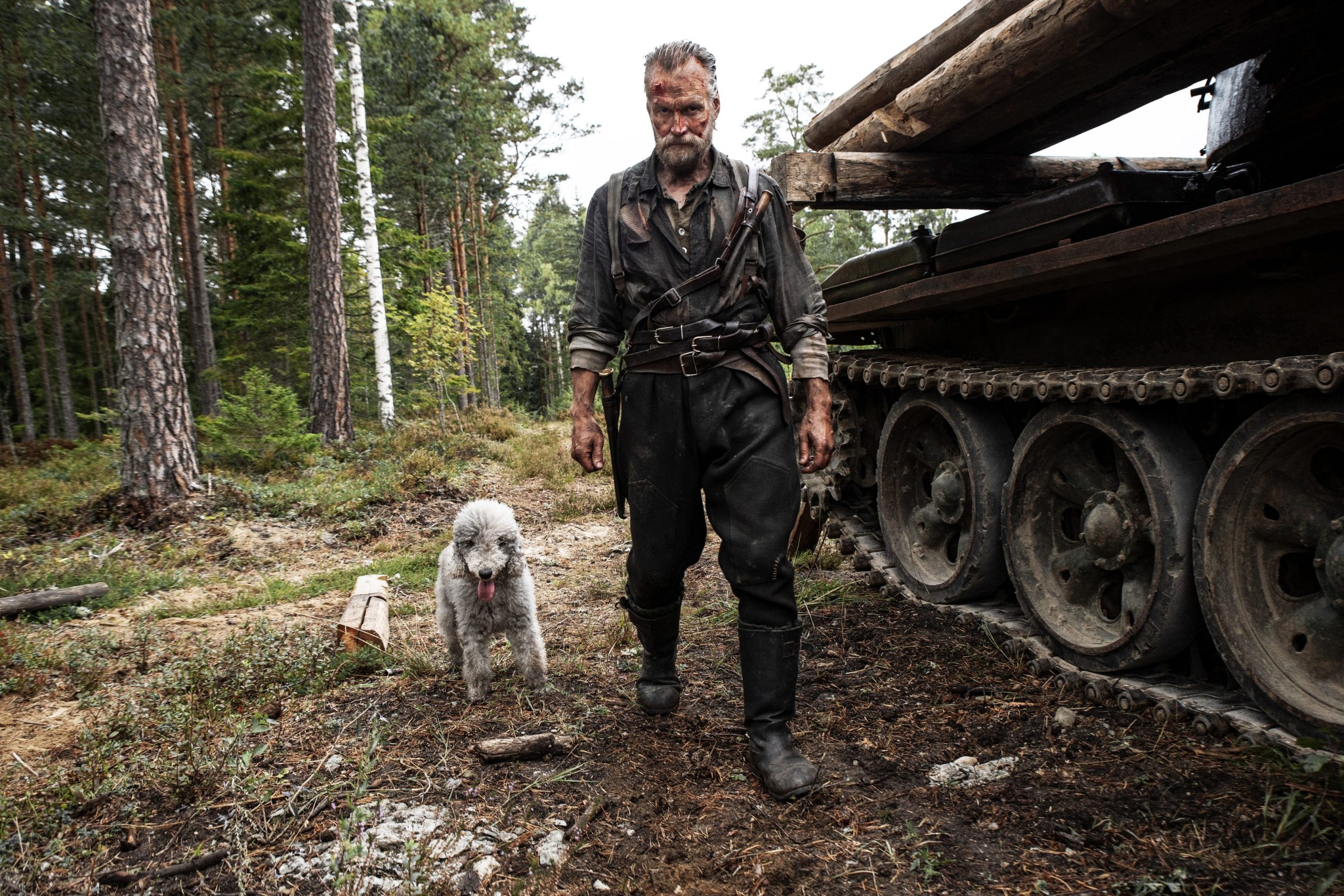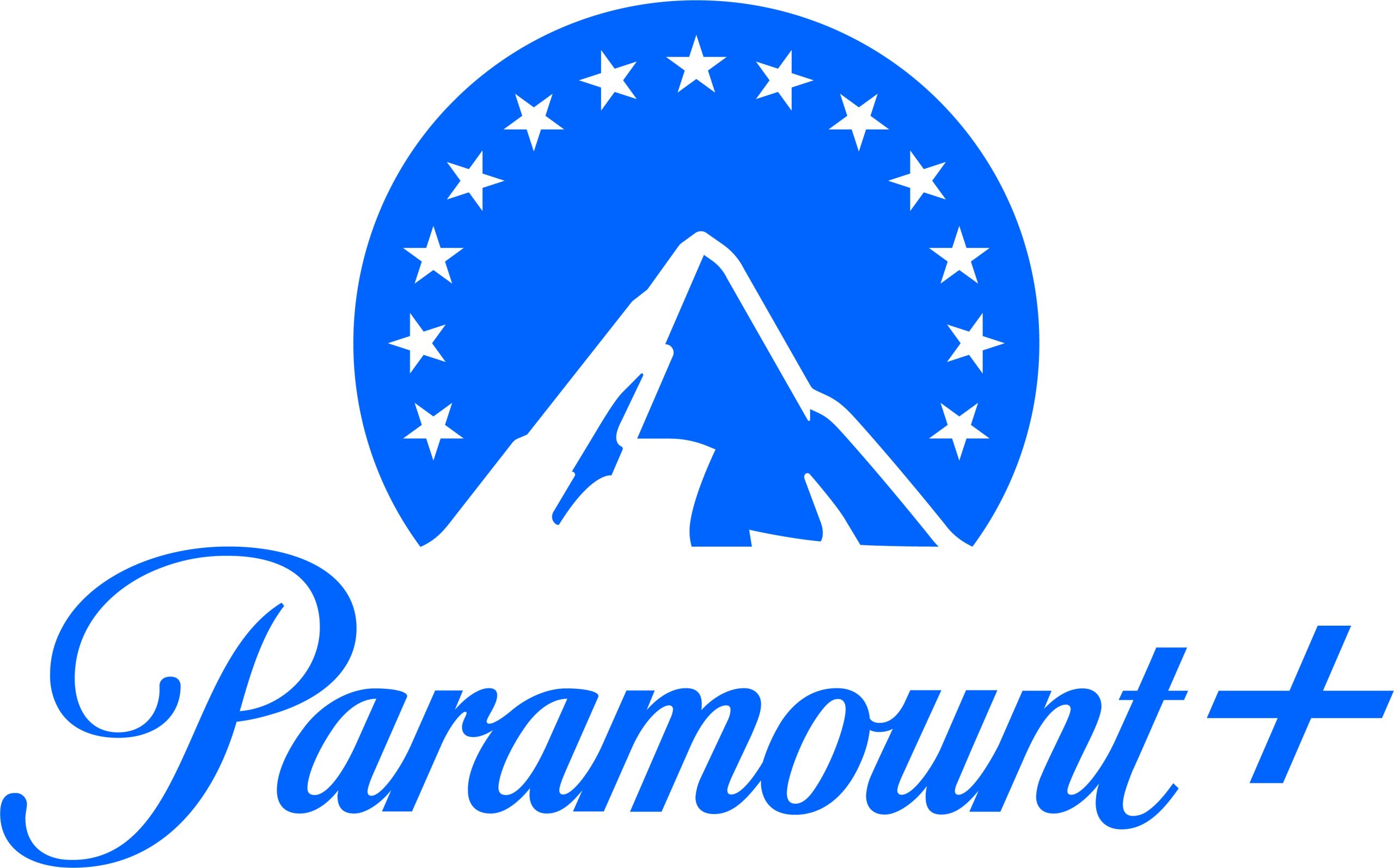
Moses Ezekiel: Portrait of a Lost Artist adds to the conversation about a number of oppressive Confederate statues being taken down in recent years.
The documentary surprisingly runs 56 minutes in length. And yet, this is just enough time to tell us everything about Moses Ezekiel, what he represents, and why his Lost Cause sculptures should come down. Ezekiel came from a mixed Ashkenazi-Sephardic Jewish family that settled in Richmond, Virginia and owned slaves. Yes, the film makes note of the irony surrounding the conversation of liberation during Pesach seders. But anyway, Ezekiel fought for the Confederacy when he was a cadet attending the Virginia Military Institute. After the war, Robert E. Lee advised him to become a sculptor. Life later took him to Berlin and eventually Rome, which he called his home for years.
Art historian Samantha Baskind describes Moses Ezekiel as being “the Andy Warhol of his era.” His artwork outside the Weitzman National Museum of American Jewish History. A statue of President Thomas Jefferson, commissioned by Isaac and Bernard Bernheim, sits in front of Louisville Metro Hall. A smaller replica is located in front of the Jefferson Rotunda on the University of Virginia campus in Charlottesville. The very statue was the site of the Unite the Right rally. A Jefferson bust lives in the U.S. Senate chamber. Other sculptures are located at the University of Baltimore, Norfolk Botanical Gardens, Virginia Museum of Fine Arts, and the Cincinnati Art Museum.
Moses Ezekiel was proud to be from the South and having fought for the Confederacy. It’s because of this that he was disappointed in not receiving more commissions to sculpt Confederate generals and other memorials. His hometown of Richmond passed him over for a different artist to design a monument of Robert E. Lee. His biggest contribution to the Lost Cause legacy was the Confederate Memorial in Section 16 of the Arlington National Cemetary–after the 2017 rally, family members sought to have it removed. A largely unknown statue is Southern, a sculpture of a soldier erected in 1910 at the Confederate Cemetery on Johnson’s Island, Ohio.
A quick tidbit on Arlington–built on a plantation owned by George Washington Parke Custis and later, Robert E. Lee–is that it became the home of the U.S. Army of the Potomac during the Civil War. It was during this time that the plantation also became a cemetery for soldiers killed during the Civil War. The documentary isn’t long but you’ll learn American history while viewing, even history that one probably learned many years before.
Speaking of American history, Michael Feldberg adds some important insight and context as the former executive director of the American Jewish Historical Society. There had been some 150,000 Jews living in America in 1860. Most Jews were centered in the larger cities–a wave of Jewish immigrants arriving in the 1840s and 1850s were primarily from Germany–and supported the Union. Of those 150K Jews, the South was sparsely populated with 25,000 of them. Outside of Richmond, Southern Jewish communities included Charleston (South Carolina) and Savannah (Georgia). Adam Jortner’s A Promised Land adds insight about Jewish life in both colonial and post-Revolutionary War America.
But even though Moses Ezekiel was the Warhol of his era and many visits back to the US were covered by the news, time has not been kind to him. Dying during World War I, history would not remember him in the same way it remembered other artists. You wouldn’t know he was an artist by visiting his gravesite in Arlington. Perhaps this is because of his contributions to an oppressive Lost Cause ideology?
The Lost Cause ideology is rather revisionist when it came to why the Civil War was fought. They believe it’s because of states’ rights as opposed to slavery. Slavery was a Southern institution and the South seceded from the Union because of emancipation. States were threatening secession in 1850 and if it weren’t for the Compromise of 1850, the Civil War would have been fought a decade earlier. The compromise only bought time. It’s this ideology–as oppressive and racist as it is–that we will forever associate with Moses Ezekiel.
A post-script to the film lets audiences know that Arlington National Cemetary removed the Confederate monument in December 2023. This was because of a congressional mandate to remove such symbols and names from military sites throughout the country. Similarly, a monument of Stonewall Jackson at the Virginia Military Institute has been placed at the site of the Battle of New Market near the VMI campus. Arlington’s Section 16 will remain home to the Confederate soldiers buried at the cemetery, including Moses Ezekiel.
Moses Ezekiel: Portrait of a Lost Artist is less a celebration of his work in as much as it is an essential conversation about his tainted legacy as a Lost Cause artist.
DIRECTOR/SCREENWRITER: Steven Pressman
FEATURING: Judith Ezekiel, Samantha Baskind, Lance Sussman, Michael Feldberg, Craig Syphax, Micki McElya, Niya Bates, Keith Gibson, Dave Weinfeld
VOICE CAST: John Lescault
Moses Ezekiel: Portrait of a Lost Artist holds its Atlanta premiere during the 2025 Atlanta Jewish Film Festival. Menemsha Films will release the film at a later date. Grade: 3.5/5
Please subscribe to Solzy on Buttondown and visit Dugout Dirt.





